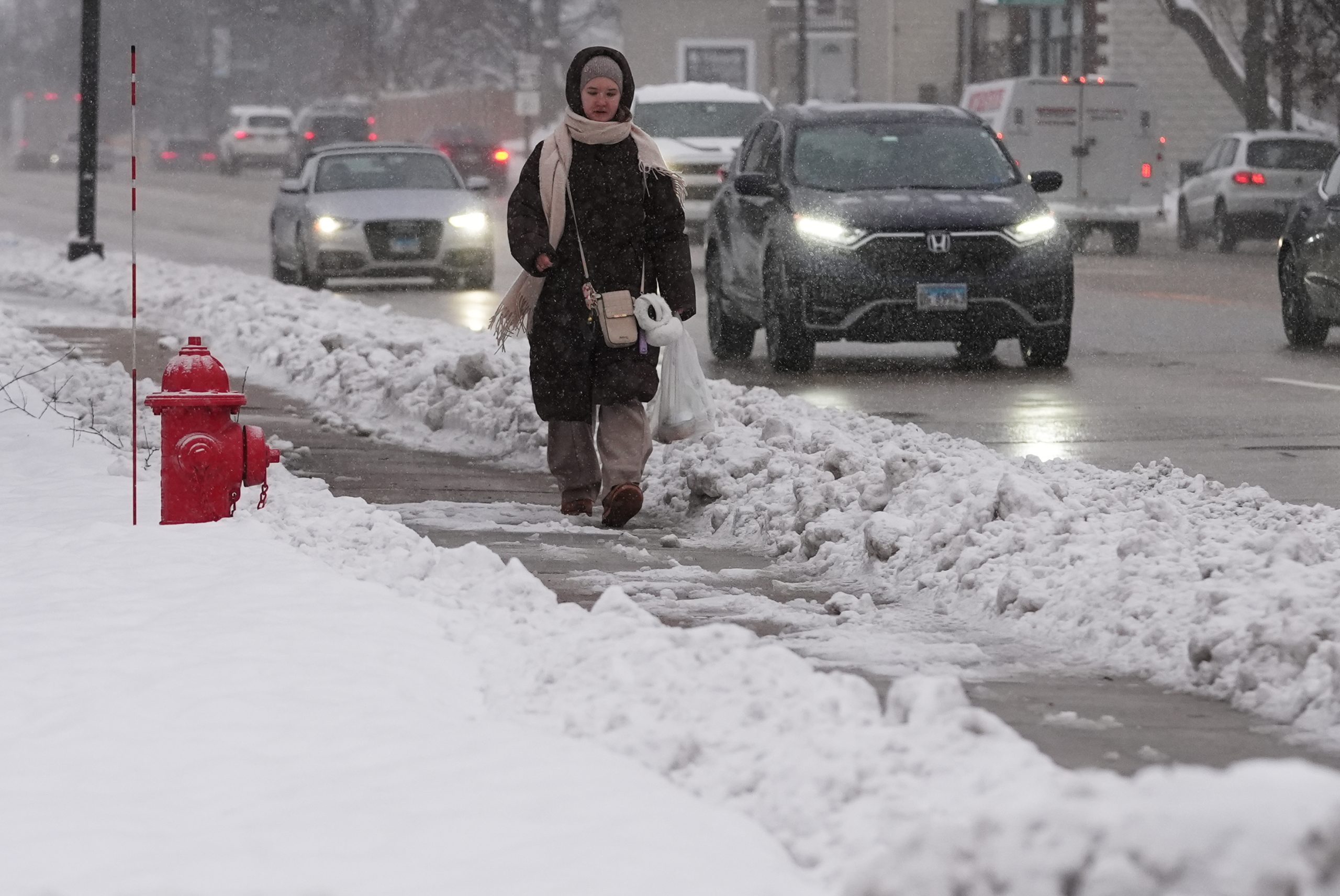While food inflation is moderating and consumers are loosening their belts again, one persistent problem — labor costs — has followed the restaurant industry into 2024.
The federal minimum wage has remained $7.25 an hour for over 14 years, but more than 30 states have a higher minimum, with Washington, D.C., at the top with $17 an hour. On Jan. 1, 22 states again raised their minimum wage, while Oregon, Nevada, and Florida are set to increase theirs later this year.
And California is facing a looming wage jump as a result of the Fast Act, a law approved by Governor Gavin Newsom last September. Beginning April 1, 2024, food chains that have at least 60 locations nationwide will be required to raise their minimum wage for restaurant employees to $20 per hour.
This comes as the job market for the leisure and hospitality industry still hasn’t bounced back to pre-COVID levels. In December 2023, the industry added roughly 40,000 jobs, but total employment is down 163,000 jobs compared with February 2020.
As a result, the cost to dine out is outgrowing the pace of grocery inflation. Citi analyst Jon Tower said this could be a headwind for restaurants as the cost of groceries beat restaurant meals for the 10th month in a row.
“Historically, when commodity inflation runs ahead of labor inflation, grocery pricing pushes ahead of restaurants,” Tower wrote. “When labor inflation runs ahead of commodity inflation, restaurant prices tend to outpace grocery pricing … Going forward, we would expect the relative value dynamic continues to get tougher for restaurants.”
In December, overall food inflation jumped 2.7% year over year. While the price of groceries rose 1.3%, the cost for food away from home (restaurants) increased by 5.2%.
Now food chains are in crunch time to combat the impact of higher wages as April 1 creeps closer.
“What’s happening in California is really unique,” Dutch Bros (BROS) CEO Christine Barone told Yahoo Finance at the ICR conference this week. Though upping menu prices to offset wage costs is “absolutely an opportunity,” the chain has not yet “finalized” its plans.
For franchisee-owned locations, Barone said the decision will be left to the owners, but the company plans to provide data and help in any way it can.
Chicago-style food chain Portillo’s (PTLO) CEO Michael Osanloo said prices will have to increase, especially since the company typically pays above minimum wage.
“When California says everybody’s got to make 20 bucks, we can’t just go to 20 bucks … we’re going have to pay more than 20 bucks,” he told Yahoo Finance. “That means prices in that market have to be such that the margins are the same in California, versus Minnesota versus Texas versus Florida.”
Portillo’s announced a price increase of 1.5% nationwide this week, which Osanloo said is “appropriate” to offset 4% to 6% of commodity inflation and 4% to 6% of labor wage inflation.
Carrols Restaurant Group (TAST), which owns over 1,000 Burger King and Popeyes franchises, is also keeping a close eye on wage growth. “The labor side is something we’re very focused on … we want to make sure it grows more slowly than whatever revenue growth is next year,” CFO Tony Hull said in a panel at the ICR conference.
Potbelly (PBPB) CEO Bob Wright told Yahoo Finance the company has been careful with increasing prices. “We want to earn the rest of our growth, not just price for top-line sales,” he said.
He added: “That said, we will likely need to raise menu prices slightly, just like the rest of industry, in 2024 to offset a variety of inflation-driven cost increases, including labor-related costs.”
In an exclusive interview with Yahoo Finance back in November, Starbucks (SBUX) CFO Rachel Ruggeri said that the company remains “committed” to its markets and businesses, including its real estate portfolio in California where it has the highest number of locations. Starbucks has not said whether it would adjust prices.
Meanwhile, Chipotle’s (CMG) CFO Jack Hartung told Yahoo Finance that the company will have to raise prices in the mid- to high-single-digit range to offset California’s higher wages, but plans to wait until closer to the April deadline to make a final decision.
Others said they have already worked in their own ways to find fixes.
Salad and Go, a startup drive-through salad chain led by industry veteran and former Wingstop CEO Charlie Morrison, said it alleviates the labor challenge by centralizing all the prep work in a few large kitchens, where it pays an hourly wage of over $20.
The business model allows for fewer employees in stores, where it pays an average of $15 an hour with room to grow.
David Kim, co-founder and co-CEO of Gen Restaurant Group (GENK), said at ICR that he won’t “open any more” locations of his Korean barbecue chain in California “so long as Governor Newsom is in power.” The chain was founded there in 2011.
Now the chain plans to go to other states with lower labor costs including Utah, Colorado, Washington, Oregon, Texas, Tennessee, Ohio, North Carolina, Massachusetts, New Jersey, New York, and Florida.
Outside companies are stepping in with solutions as well.
Miso Robotics CEO Rich Hull said its automated fry maker, “Flippy,” among other automated solutions, will be the future of fast food.
“When you do the economics of paying somebody $20 an hour to work on the fry station, it doesn’t work,” Hull told ICR conference attendees. “Either restaurants are going to automate the worst parts of working in a commercial kitchen in order to make the economics … [or] you can start to close locations.”
Hull argues workers can be transferred to “higher-value position[s]” to “justify paying that higher minimum wage” in California.




